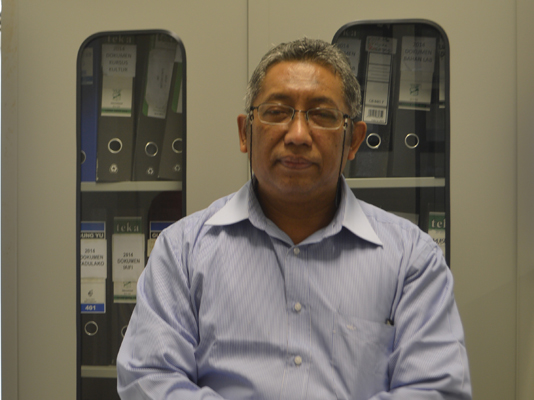Hyperbaric oxygen therapy in recent times is very popularly used to treat various diseases such as diabetes, fractures, traumatic injury, radiation therapy injury, and more. In fact, treatment which injects pure oxygen into the body in a high pressure chamber has been heavily discussed after an explosion incident in the therapy room of the Mintohardjo Military Hospital in Jakarta recently.
Universitas Gadjah Mada’s Physiology expert, Dr.dr. Zaenal Muttaqien Sofro, AIFM., said that hyperbaric oxygen therapy was originally intended for divers. It is given to overcome the interference caused by decompression.
“When the diver ascends to the surface, there will be nitrogen bubbles. Accumulation of nitrogen while diving which form bubbles could block blood flow that can cause conditions such as muscle pain, stroke, convulsions, even death,” he explained, Monday (21/3), at the Faculty of Medicine.
In the case of the diver decompression, hyperbaric oxygen therapy aimed to remove nitrogen gas from the body. In its development, this therapy is also used to cure a number of diseases that occur in soft tissue and hard tissue. In addition, this therapy is used to prevent infection and anti-aging.
“This therapy is directed to improve the effectiveness of the healing process in the treatment of disease. It works by minimising the swelling that occurs in the tissue,” said the lecturer of Medical Sciences UGM. Although hyperbaric oxygen therapy is safe, this therapy still has a number of risks. One of them led to the fire case in the Mintohardjo Military Hospital.
“This therapy has its risk because it is given in a high air pressure, 2-3 times greater than normal atmospheric air pressure. Fires can occur because oxygen is flammable; therefore, the patients are forbidden to carry electronic equipment inside,” he explained.
Therefore, Zaenal offers a quite powerful form of oxygen therapy that is safe, easy to do, inexpensive, and doable by everyone.
“Oxygen therapy basically delivers oxygen to the body. This can be with exercise based on FITT (Frequency, Intensity, Time and Type),” said allumnus of Sport Medicine and Sport Circulatory in Innsbruck, Austria.
Zaenal explained that to increase the supply of oxygen in the blood can be done by exercising regularly, 3-5 times per week, performed with a moderate intensity, and should not be too heavy or light. Exercise done in the duration of 30-45 minutes per session, shall not be less or more in order to avoid oxygen toxicity. Lastly, exercises are rhythmic, continuous, using large muscles such as gymnastics, cycling, swimming, jogging and fast walking.
According to Zaenal, exercise will form new blood vessels. That way, it can facilitate the circulation of oxygen throughout the body. The more oxygen absorbed in the body, the better it is to repair damaged tissue. “Sport is an easy and inexpensive way to increase the supply of oxygen into the body. It is also safe and can be done together with many people,” he explained.
Zaenal added, in addition to regular exercise, people are also encouraged to meet the water needs, at least 8 glasses a day, or about 1,500 liters. It is necessary to facilitate the circulation of oxygen in the blood. “In a day, drink at least 8 glasses of water, excluding coffee and tea,” he concluded. (UGM/adelily)



